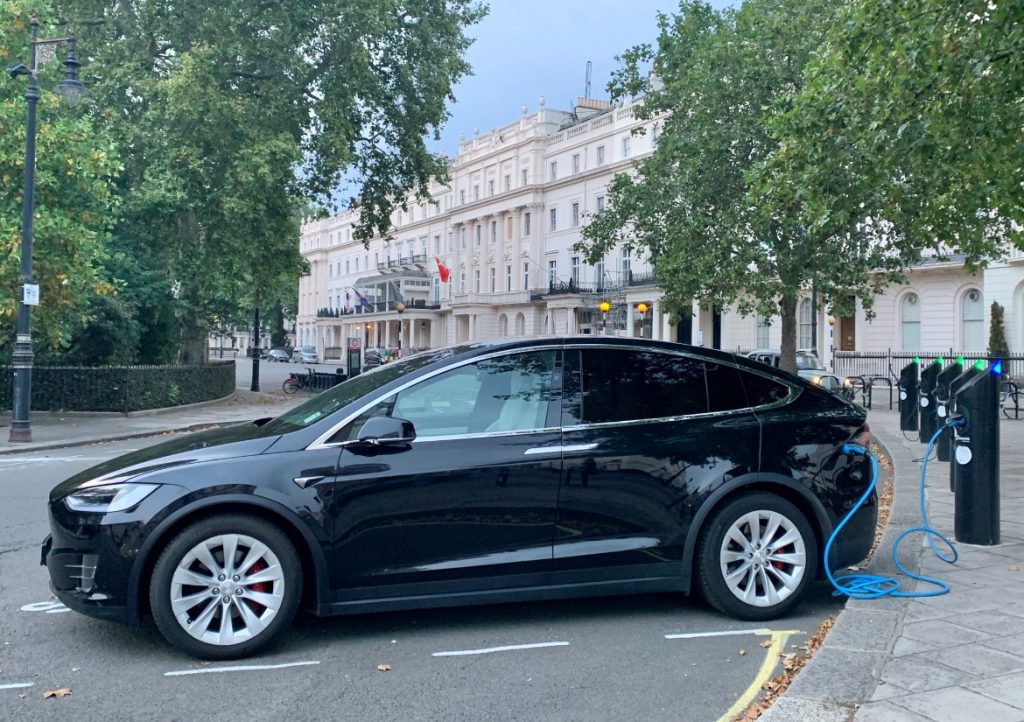
Boris Johnson has just announced a bold new plan to clean up the transport industry in the UK. From 2030, the sale of internal combustion engine vehicles will be banned.
This aggressive new timeline sends a clear message to automakers to start making sustainable, zero-emission vehicles now, because your petrol, diesel and gas-powered vehicles will not be welcome after 2030.
Transportation accounts for one of the largest segments of emissions, so tackling this sector, goes a long way to reducing overall CO2 emissions that contribute to climate change.
The Labor Government is giving hybrids another 5 years to go, but by 2035 the prospect of a hybrid will certainly seem outdated and redundant, thanks to advances in EV range.
Supporting this transition to an electric future, the UK is also investing heavily in electric vehicle recharging infrastructure, committing to a massive 1.3 Billion pounds to electric vehicle charge points for homes, highways and street-side parking.
The second hand sales of legacy vehicles will be unaffected by the ban, but clearly as vehicles reach the end of their usable life, the next vehicle purchase will have to be zero-emissions and likely electric.
“Although this year has taken a very different path to the one we expected, I haven’t lost sight of our ambitious plans to level up across the country. My Ten Point Plan will create, support and protect hundreds of thousands of green jobs, whilst making strides towards net-zero by 2050.
“Our green industrial revolution will be powered by the wind turbines of Scotland and the North East, propelled by the electric vehicles made in the Midlands and advanced by the latest technologies developed in Wales, so we can look ahead to a more prosperous, greener future.”
UK Prime Minister, Boris Johnson
Should Australia introduce a 2030 ban on ICE vehicles?
Naturally the announcement from the UK, raises the question about what other developed countries like Australia are doing on this front and if we too should introduce an aggressive timeline to end the sale of ICE vehicles.
The reality of that challenge, is that it is more difficult here.
Firstly, we have a much larger landmass, which means the challenge of establishing nation-wide charging infrastructure is a greater and like more expensive, although we are already on our way to resolving this, thanks to private investment.
The United Kingdom is approximately 243,610 sq km, while Australia is approximately 7,741,220 sq km, making Australia 3,078% larger than UK.
Other challenges include the much lower starting point in Australia and one of overall market size.
It is estimated the UK has around 32 million cars on the road, in Australia, we have around 20 million. Around 12% of the vehicles sold in the UK are already EV or PHEV, while in Australia, that number is just 1.8% according to the ABS. The number of pure EVs is still less than 1%, so to move to 100% of new sales by 2030 would be incredibly ambitious, but not impossible.
Having a lower starting point makes Australia’s ability to match this 2030 target, much harder to achieve. Even if our target was 2035, a target provides a clear signal to manufacturers and consumers about the kind of vehicles we want on Australian roads.
The reality is we don’t make vehicles in Australia anymore, so we’ll get what is produced externally and imported. The best we could hope for is to work with manufacturers making electric vehicles, and determine a set of conditions that work for us and them.
This could be in the form of removing the luxury car tax, reductions in stamp duty and import taxes, or even a straight-up EV rebates as some countries have to accelerate adoption.
By encouraging more companies that make clean vehicles to ship products into Australia, it creates a competitive landscape and ultimately negative price pressure that will make EVs more affordable and available to more Australians.
There’s probably many of you reading this and thinking, why not just wait for the market to take care of itself? Why bother trying to achieve a faster adoption?
The reason is this. If a new ICE vehicle gets sold in 2025, that vehicle will likely have as much as a 20 year usable life, meaning it will continue to produce emissions long after 2030.
If we can accelerate the transition to electric vehicles earlier, and instead of our emissions tapering off over the next 30 years, with the right conditions, we could have them fall off a cliff to be virtually zero.
Let us know what you think in the comments.

When the State Government actually develop a complete EV strategy combining PV and battery storage, that is affordable and achievable with TAX credits and increasing the threshold of rebates. Just spent 8k on proper solar (Not Rubbish) with no rebates don’t get any rebates for battery either, because we earn 10k higher than the threshold, which is a joke. We are not rich. Lets buy a model 3 Tesla, oh hang on a minute have you got a spare 100K lets put solar on our roofs but we will on give you a pittance for the power you generate, better still buy a battery. oh wait a minute another 12-15K. Now lets ban ICE vehicles. Can I get a family 4xr4 such a ranger XLT that will tow a 22ft caravan and go out camping off grid and drive around Australia with all the fabulous charging infrastructure that has been put in place (Not) Did I mention the EV vehicle tax charge per Kilometre where you have to keep a log book self report your driving KMs…. That’s enough I could go on for ever… Lets talk V/line fast trains to regional Vic that the state and federal Government promised. Another time….